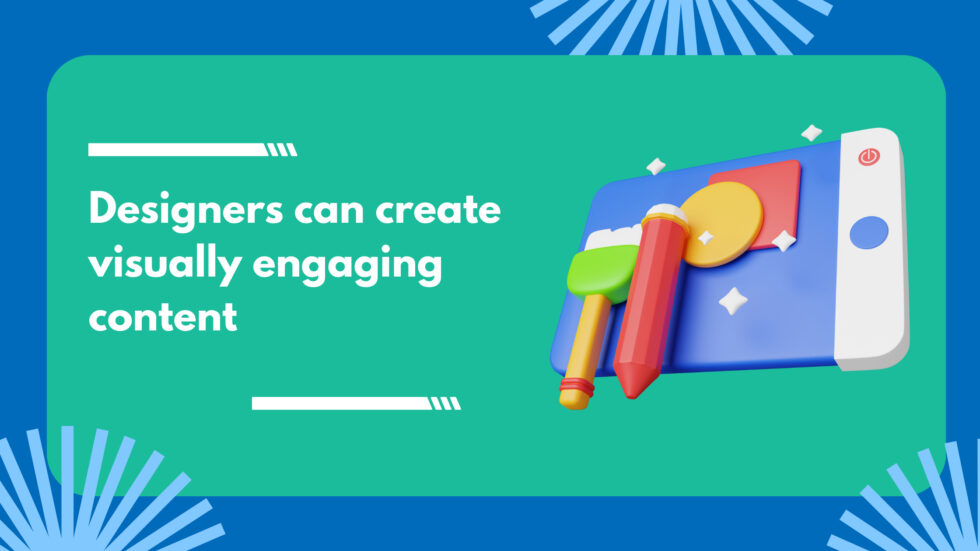
Topic Wheel: A Free Content Marketing Strategy For You
Content is king.
How many times have you heard this? Maybe many times... that you think it already lost its essence, right?
Wrong!
As Google and other social media algorithms evolve, content is - still and indisputably - the king.
Today, I will share a free content marketing strategy that you can use for your business, brand, and clients.
It is called “Topic Wheel”.
Topic Wheel is not new. It’s all over the place - I mean, the internet. But I have never seen a lot of people apply this. It’s also not my original concept. It’s all thanks to Dennis Yu and Mark Lack who first introduced this concept.
So, I’ll be sharing this today so you can (hopefully) find value in it, use it, and share it with others, too.
Let’s get on with it. .
What is Topic Wheel?
The Topic Wheel is a great help in content creation, curation, and content marketing.
It is a graphical representation of the topics you want to talk about - on your site, blog, and/or social media accounts.
Why is the Topic Wheel important?
The Topic Wheel will help you concentrate on topics that matter to you - you just have to look at them. It will also eliminate the need to research topics to create or curate content. Using Topic Wheel, you can easily look at the social media channels of influencers, leaders, and/or brands that matter to you. Then, you can curate or create content based on these. You can use the Topic Wheel as a basis for what you’ll post.
How does Topic Wheel help in content creation?
Topic Wheel gives you a general idea of what should be on your site, blog, and/or social media. It also provides you with thought leaders or influencers whose content appeals to your audience. Thus, curating content is easy.
Now that you know the rationale behind the Topic Wheel, let me show you how it works.
Here’s how to do it on your own:
1. Place your picture (or your brand’s or business’) in the middle.
2. Choose 6 topics you want to talk about. For personal branding, you can choose 3
personal topics and 3 professional topics.
3. For each topic, choose the top 3 thought leaders, influencers, or brands that are close to
you and are appealing to your audience. You must choose leaders that you have high
regard for, you mostly agree with, and are highly credible for you.
4. Collect their pictures, draw the Topic Wheel, print it, and display.
5. That's it!
Easy, no?
Now, you know how to create your own Topic Wheel.
If you’re not yet sold with the idea of Topic Wheel, let me discuss a little bit about the Content
Marketing Funnel - Awareness, Engagement, Conversion - that the Topic Wheel targets, too.
The content marketing funnel has 3 levels - awareness, engagement, conversion.
The Topic Wheel also has 3 levels - you, the topics, the leaders.
Let me explain further.
First, your influencers will target the awareness part. When you follow these influencers or join groups related to them and share their content, their audience will notice you. Hence, the awareness part.
Next, your topics will cover the engagement part. These topics are the things you will talk about and share with your followers in the form of content. Hence, the engagement part.
Lastly, the picture in the middle of the Topic Wheel will take care of the conversion part - YOU. You are your brand. You’re the seller and people buy from people. Hence, the conversion.
Topic Wheel is a great tool to help you.
BUT I am in no way stopping you from doing what you’re currently doing.
All I’m saying is using Topic Wheel will give you direction when it comes to your content.
If you find this helpful, go ahead and create your own. Here’s a template for you to start with (Canva). Should you need any further help, don’t hesitate to let us know by contacting us here.
And if you want to learn more about Topic Wheel, don’t hesitate to research further or ask away using our chatbox and one of our content marketing geniuses will reach out to you.

How Does Categorical Keyword Research Help In Content Marketing?
Content is king.
Gone are the days that you will show up in the results page just because you wrote a thousand-word blog post with a repetitive keyword (Note: Repetitive means half of your content is your keyword - notwithstanding the value, sense, and importance of your content.)
Now, search engines evolved into a sensible and knowledgeable tool. Thanks to algorithms and machine learning.
When you hear the word “keyword” you may quickly associate it with SEO.
True but not entirely.
Half of the “keyword” should be associated with content.
Remember, Google’s algorithm now focuses on the value and importance of your content rather than useless repetition of keywords.
Here, I will teach you how categorizing your keywords can help you build a great content strategy.
What is Keyword Categorization?
It’s the process of categorizing, classifying, or sorting keywords according to their definition in various themes. Keyword categorization will help you create a guide for your content strategy.
In practice, you have to list down all your keywords and place them in certain categories.
How to Categorize Your Keywords?
There are a lot of ways to categorize your keywords. From the simple Excel sheet method where you create a filter or tag for your keywords to using a programming language like Python or BigML, the goal is to have a list of semantically related and categorized keywords.
You can categorize your keywords by:
1. Length - There are keywords that are short tail, mid-tail, and long tail.
2. Volume - Depending on the length, keywords may have different search volumes.
3. Search Intention - Is a user’s motivation behind searching keywords. The most established categories are transactional, informational, and navigational.
Why Categorize Your Keywords?
Keywords categorization offers major benefits like the following:
1. Keeping up with search engine algorithms. Complying with algorithms that you know a little bit about is a hard task. But with the help of keyword categorization, it’ll be easy to comply.
2. Creating more opportunities. When you target keywords with proper categorization, there will be more opportunities for your site or blog post to rank in search engines result pages.
3. Competing will be easy. SEO competition is tough - there are many different competitors for every business and every keyword. Keyword categorization is like one of your ammos in the SEO battlefield.
4. Seeing quick SEO results. (Arguably) One of the ways to see a huge change in time consumption is keyword categorization. SEO takes time but categorizing your keywords can give you positive quick results.
5. Conversion made easy. Conversion or making a sale is the ultimate goal of any business. Why choose a keyword that will only drive traffic and not conversion? So, experts recommend using multiple keywords in certain categories for better conversions.
But you told me that this will be about content strategy. Where is it here?
Here’s the thing, your overall content strategy should be aligned with your business goals.
For generating revenue, you have to use analytics to understand where your visitors are staying, which types of information they want, and if they convert from there. Then, you will identify which categories are most profitable for your business. After this, you can either revisit your content and make sure to tag appropriate categories or make more content based on these categories.
Keyword categorization will also help you in expanding your business by understanding your competitors’ content, keywords, and search volume.
All you have to do is to widen your view.
Now that you have all the information you need, you can start the groundwork of creating the best content strategy for your business.



